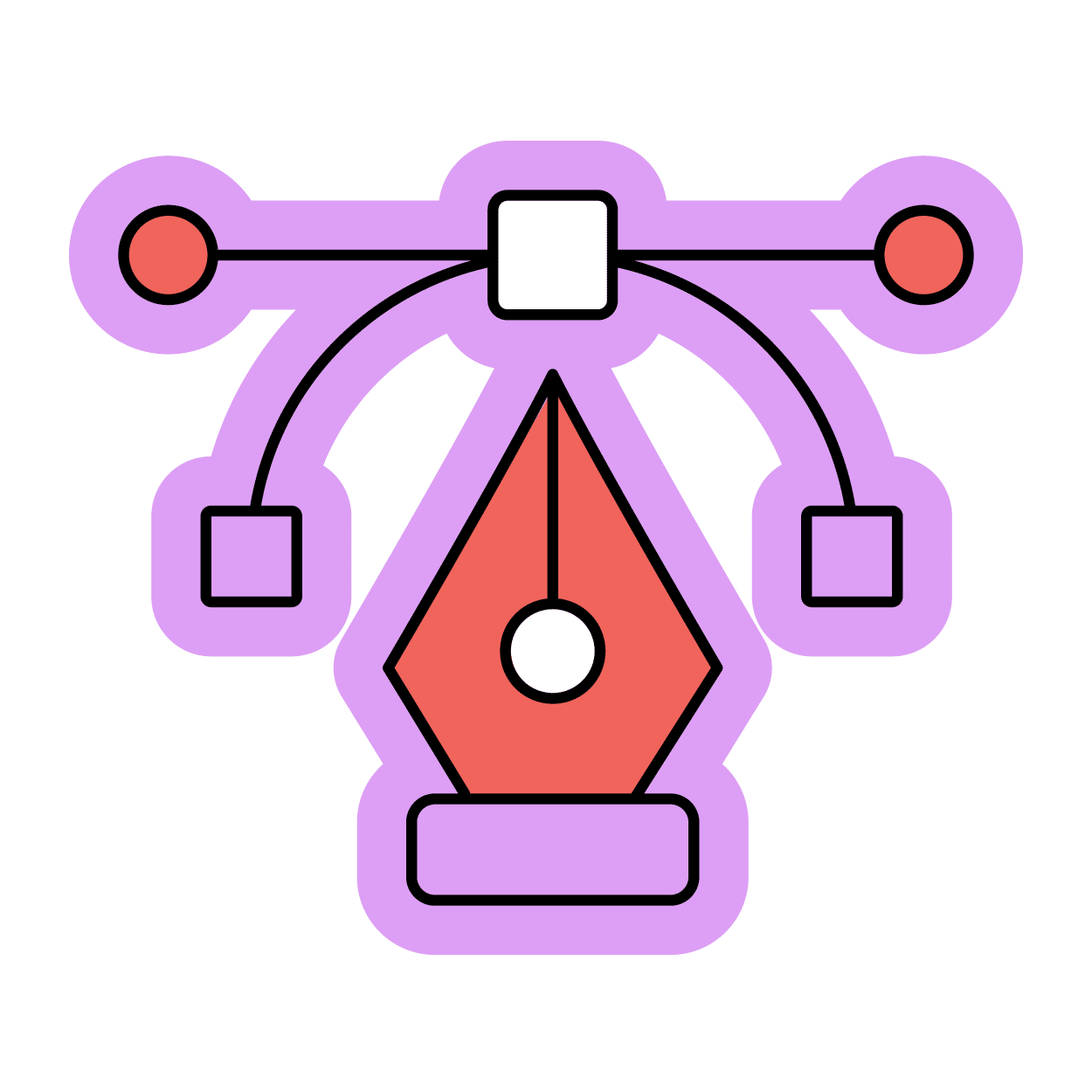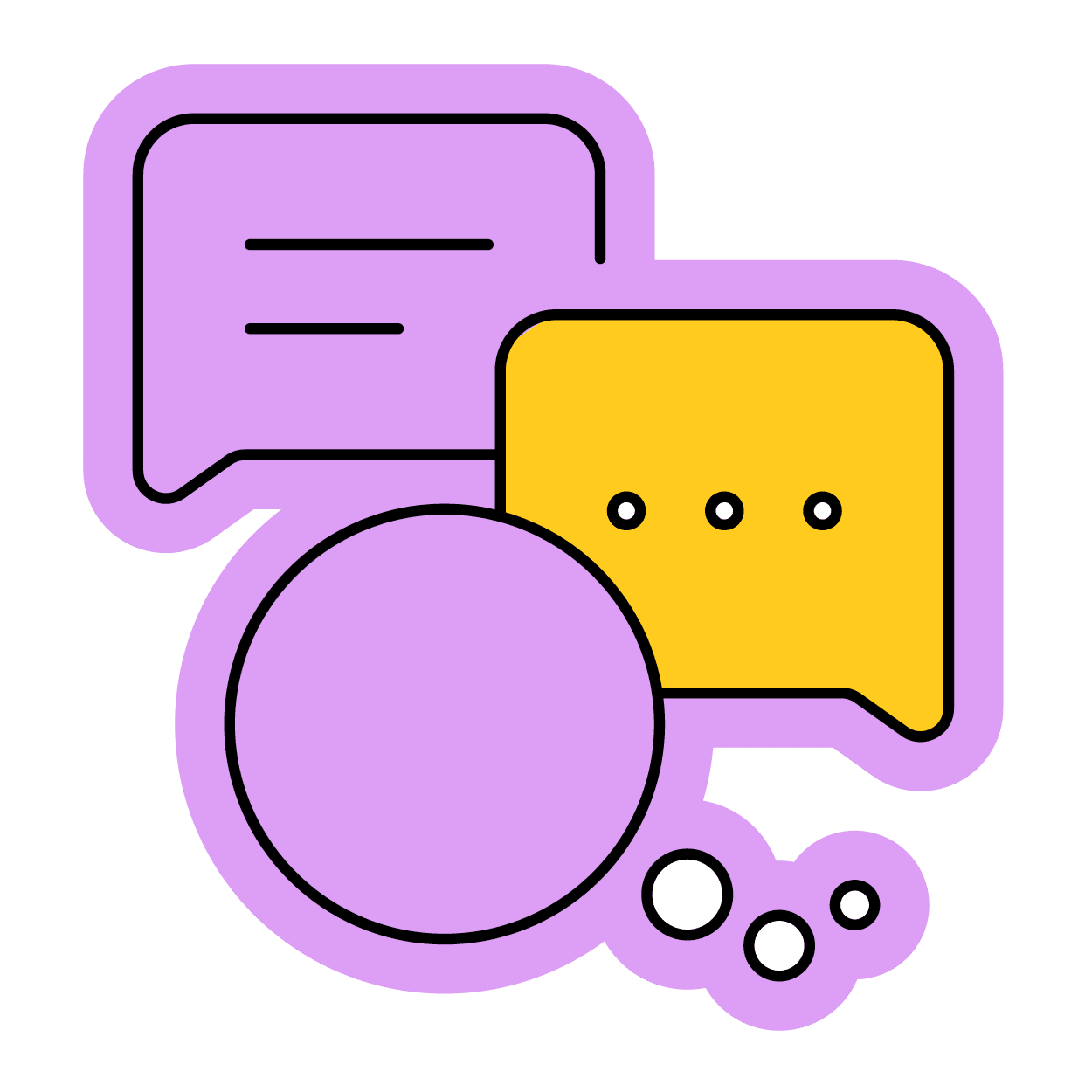
As a designer, nothing gets the creative muscles flexing like a branding project. Translating abstract concepts and goals into tangible visual elements such as logos, colors and typography is as challenging as it is rewarding. These visual assets will become the core of an organization’s public- and self-identity and can profoundly impact its success. And it can be a compelling and eye-catching piece in a designer’s portfolio.
Because a brand is so impactful and near and dear to a client’s heart, securing the buy-in of branding concepts can be tough. Even with clearly established objectives and strategies, several issues can hinder a client from confidently choosing a direction. These roadblocks can be anything from shifting goalposts to key stakeholder resistance, design incomprehension, etc. And sometimes, introducing new ideas creates opposition to letting go of existing brand elements. Regardless of the obstacle, there are some tried and true strategies to prevent a branding project from going off the rails.

1. Dig
Discovery allows you to delve deep into understanding a client’s business, values, mission, vision, target audience, competition and market. In this phase, establish attributes and symbols that define your client’s business like innovation, reliability, sustainability; or shield, sun, lion. These keywords will help guide the design direction.
This knowledge forms the foundation upon which the visual identity will be built and sets the stage for all subsequent actions moving forward. Never say never but … never begin a branding project without completing this critical step first!
2. Set Expectations
Outline project goals, deliverables, timelines and approval processes (including who will provide feedback and make final decisions!) before you start designing. Many clients may not be familiar with the design process and how the impact of multiple changes can delay or devalue the work.


3. Design
Now for the fun part! Dream and draft several logos and accompanying visual elements (colors, typography, imagery) that are visually unique but still accurately represent the client and their work. If you have access to a team, engage multiple creatives in the process, from brainstorming to building concepts to gathering feedback. Teamwork makes the dream work. While scrutinizing the concepts, ask the following:
- Is the design consistent with the attributes and insights gathered during discovery?
- Are there any potential objections or concerns the client may have to a symbol, format, color scheme, etc.?
- Is the design an effective solution to any conflicts the company is facing?
- Are there alternatives we haven’t considered?
4. Present
Presenting concepts is a make-or-break in the branding process. It’s not just about showcasing designs; it’s about effectively communicating your vision and strategy. Begin your presentation by outlining the strategic thinking behind your concepts. Reiterate your key findings from the discovery phase and explain how these insights informed your design approach.
Logo Design: Present different logo options, explaining the symbolism, color choices, typography, and how each aligns with the brand’s identity.
Brand Elements: Through trial and error, we’ve discovered that showing how a logo and brand elements will look and function in various environments can help your client better visualize and decide what works and what doesn’t.
-
- Showcase how the logo integrates with brand elements like color palettes, messaging and imagery.
- Demonstrate consistency with mock-ups across various touchpoints (website headers, stationery, social media profiles). If your client has a small budget or you do not want to showcase designs outside the scope of work, consider creating just one or two generic pieces that may not necessarily become a future deliverable.
Brand Versatility: If applicable, include logo iterations with taglines, abbreviations or black-and-white color schemes.


5. Engage
Following (or during) the presentation, instead of vague requests for feedback on the design, present specific questions about each concept element to help focus their feedback.
Ask: Does the logo reflect their brand values; will it resonate with their audience? Is the color palette industry appropriate? Is the typography accessible across environments?
Listen: During feedback, actively listen to what the client is saying. Clients know their target audience and market well – their feedback can provide valuable insights into what will resonate and what won’t. Listening and being prepared to respond to feedback shows respect for their viewpoint and builds trust.
Guide: As much as a client knows their business – you know design – which makes collaboration key! Some clients may have difficulty comprehending aspects of a design so take the time to respond with the rationale behind your decisions. Point back to the insights found and decisions made in the discovery process.
6. Digest and Do
Some edit asks may sound like not-so-great ideas from the get-go. But there are two reasons why you should never outright reject feedback or a suggestion: 1) you just might be wrong, and 2) if you are right, you now have the evidence you need to show the client that it didn’t work and why. Regardless, clients will appreciate your thoughtful consideration of their input.

Design is subjective and brands are personal. Creatives, clients and the branding process can benefit greatly from implementing strategies that keep the goals in focus and eliminate the minutiae. Keep a cool head and remember every branding project may not be another feather in your cap, but it’s a chance to develop your design chops.

Dixie Lira
Give this girl a few pups, some good music, a Titos and soda, and a sunny day and you’ve got a happy Art Director. Dixie lives in the Chicago suburbs with her son and at least two dogs at all times. Her design work is magic because she's chockful of Dixie dust.
